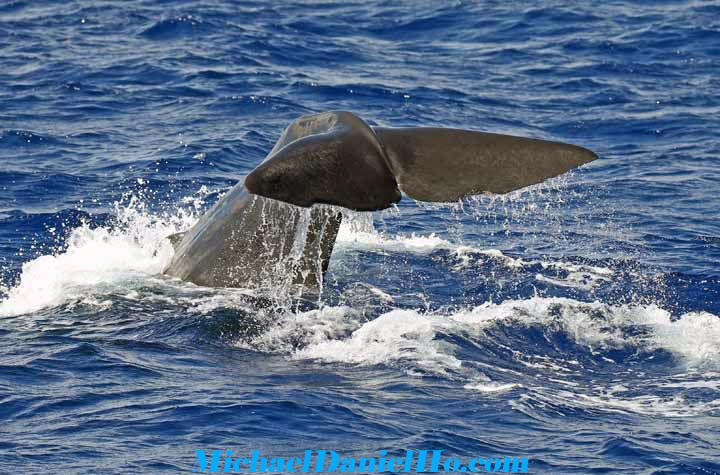I’m finally reading Moby Dick for the first time in my life.
It was never assigned reading during my entire educational experience and I never got around to reading it post-college. And then the book club I joined last fall decided they wanted to read Moby Dick and as the whale enthusiast in the group I had to vote for it.
Let’s just be honest, while a classic, Moby Dick is not the easiest read. Sometimes I think Melville is hilarious, other times I think he just needs to get on with the story already and other times I’ll read two pages and can’t recall a single detail. Moby Dick is definitely a reading journey, not a destination.
One section of the book that fascinates me is Chapter 32 titled “Cetology.” This is where Melville discusses the study of whales and lists the whales he is familiar with.
Through his main character Ishmael, Melville feels he is up to the task of tackling Cetology in a very hyper self-aware fashion, “As no better man advances to take this matter in hand, I hereupon offer my own poor endeavors. I promise nothing complete; because any human thing supposed to be complete, must for that very reason infallibly be faulty. I shall not pretend to a minute anatomical description. My object here is simply to project the draught of a systematization of cetology. I am the architect, not the builder.”
After this dramatic introduction, he launches into whether or not a whale is a fish. Ishmael quotes Linneaus, the father of taxonomy, who separated whales from fish in his famous System of Nature circa 1766 upon discovering many of their mammalian traits. But this isn’t good enough for Ishmael, he runs Linneaus’ ideas past some “messmates of mine in a certain voyage,” and they think separating whales from fish is “humbug.”
Ishmael concludes, “Be it known that, waiving all argument, I take the good old fashioned ground that the whale is a fish, and call upon holy Jonah to back me.” Strangely enough, he then goes on to explain how a whale is different from a fish, but a fish nonetheless.
Well, we now know that Melville was wrong and Linneaus was right. But what about Melville’s list of whales? How well did it withstand the test of time? That is what I’m still trying to figure out.
Note: Quotes are from “Moby-Dick: or, The Whale” (Penguin Classics Deluxe Edition) with a foreword by Nathaniel Philbrick p. 147-148.
Thanks to Michael Daniel Ho for the amazing sperm whale photo!

Nice thoughts on Melville, Carolyn. I read Moby Dick in high school so my collection of the details are very fuzzy but perhaps it takes a massive novel like this to deal with the largest toothed whale in the world. To me, the irony of the novel (probably by design through anthropomorphism) is most people think Moby Dick is ferocious and evil and Captain Ahab is just a persistent whaler. It turned out the reverse is true. The whale is just trying to survive, pursued by a ruthless hunter bent on destruction, revenge and profit.